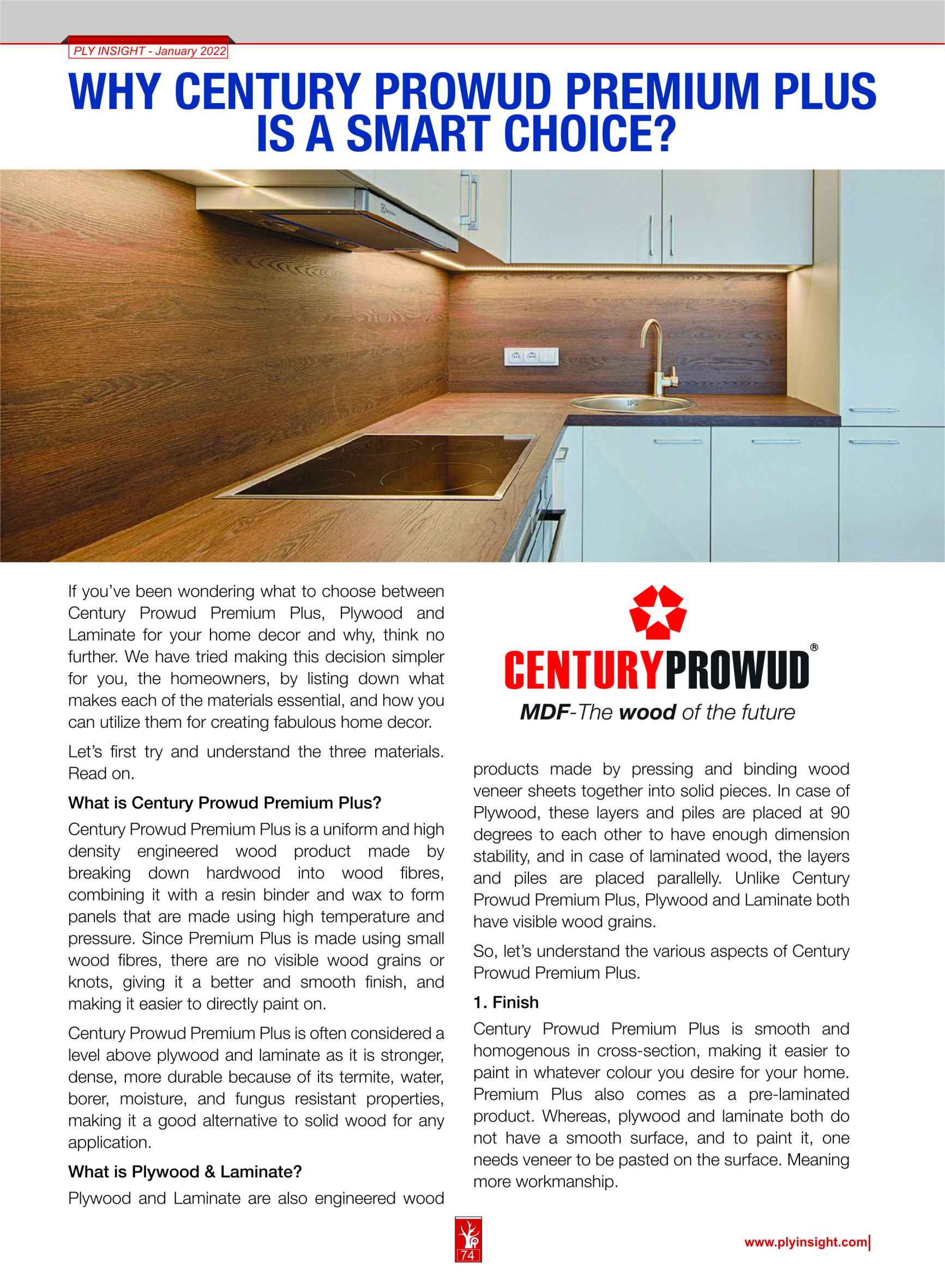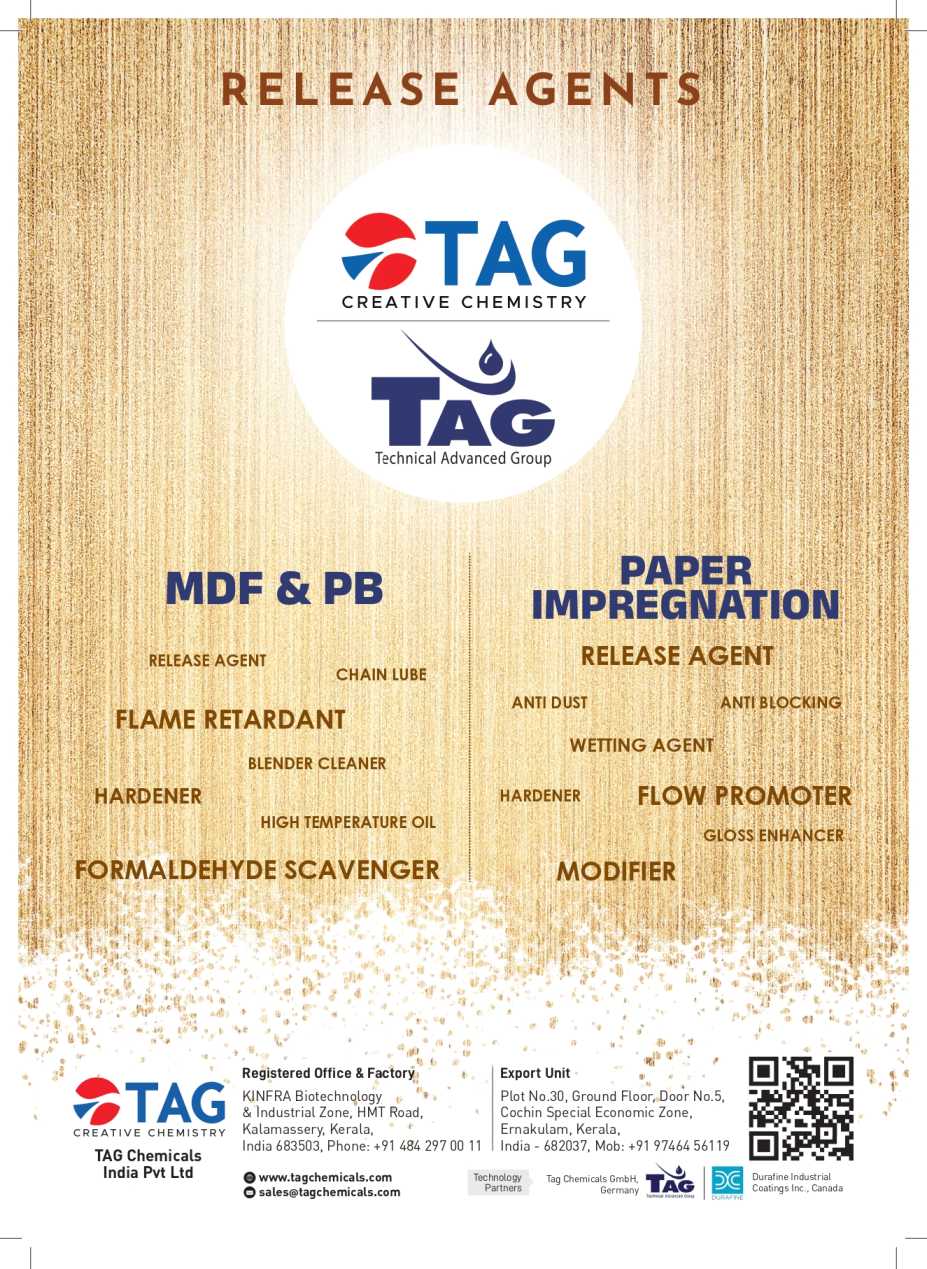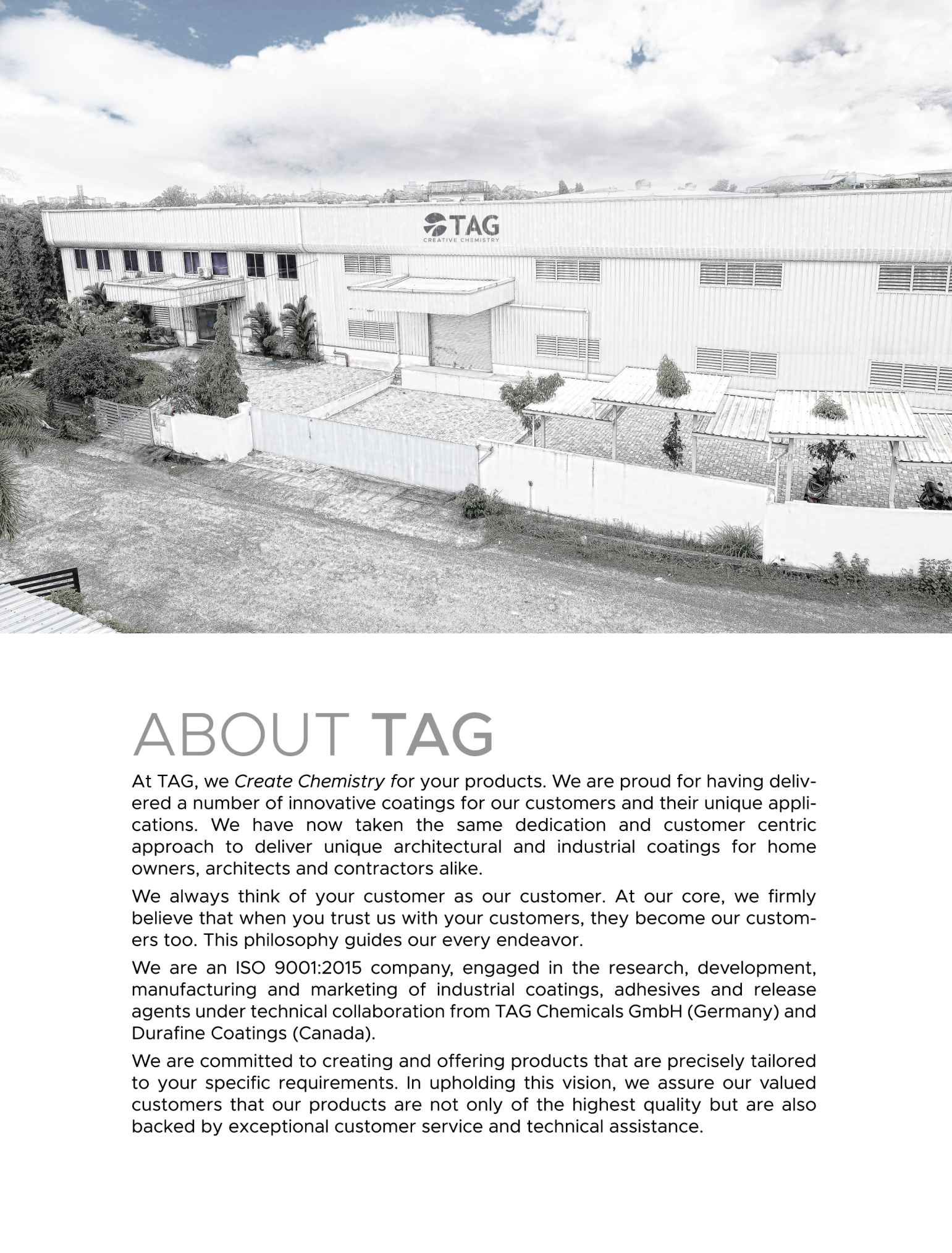
Significance of Extenders & Fillers in Plywood Manufacturing – Vaidyanathan Hariharan
- जनवरी 24, 2022
- 0

Significance of Extenders & Fillers in Plywood Manufacturing
Extenders are an important, yet underestimated components in the manufacture of plywood in India. A lot of misconceptions continue to be speculated on factory floors across the country about the need to reduce fillers & extenders, need to do away with extenders & starch-based inputs and so on.
The technically important fact is that starch-based & flour-based extenders are the most suitable extenders that can be used in the manufacture of plywood. It is always advisable to use extenders, instead of fillers in wood adhesives.
Filler & Extender – Same or Different?
Though the terms filler & extender are often used interchangeably in our plywood industry, both of them are different in functions.
Filler
- Used to add “function” to the adhesive.
- Usually inorganic, mineral-based, and inert.
- Usually added to reduce costs, in addition to certain specific functionality.
- May or may not affect bonding strength post production.
- Affects cold tack, coefficient of thermal expansion, thermal stresses, and compressive strength.
- Fillers may require multiple components in order to balance all required parameters in wood bonding.
Extender
- Used to add “stability” to the adhesive.
- Usually renewable, starch/flour-based, and co-reacting.
- Usually added to stabilise certain bond-layer parameters during process of manufacturing & post curing.
- In the case of plywood, extenders are always preferred over fillers due to obvious reasons of possible complications in formulation of the right filler combinations.
- Should not affect bond strength, and preferably improve bond strength post production.
- Should balance coefficient of thermal expansion, reduce thermal stresses, reduce joint stresses, and improve cold tack.
- Extender can be a single component material which provides overall improvements in glue line, bond, and stress reductions.
Whereas, renewable natural materials such as maida, wheat flour, soy flour, modified starch and similar materials remain ideal extenders for making of glue in plywood manufacture. Such extenders provide ‘body’ to the glue, reduce excessive penetrations, reduce excessive melt flow, reduce bond stresses post curing by reducing brittleness of glue layer, increase viscosity of glue based on requirements, increase cold tack & uniform glue coverage during curing, reduces joint stress, & improves bond strength.
Misconceptions regarding Extenders in India
Higher extender load creates higher vulnerability to borer attacks: NO. This speculation has not yet been decisively proven. REASON: Fungi & borers/organisms that feed on such fungi attack wood layers first. Glue layer is a secondary component as far as beginning of fungal/borer attack is concerned. Cured urea formaldehyde in the glue line without any extender whatsoever, is also equally prone to various fungal & borer vulnerabilities. This being said, even cured phenol formaldehyde is attacked by certain fungal strains and borers.
Fact: Any glue line in plywood manufacturing requires treatments, both for the glue layer as well as for treatment of wood. Glue line treatment is the best treatment option in plywood manufacturing.
Lower extender content is best for maintaining glue spread and lowering resin costing: NO. This applies to short term daily costing that does not see overall cost benefits. REASON: With appropriate resin making practices, commercial (MR Grade) plywood manufacture requires only 44% solid content in the resin with correct molecular weight management. Combined with proper extender mixing glue-formulation in a resin with good molecular weight, factories can achieve lower costing of glue line combined with defect-free commercial plywood manufacturing practices. This applies to all weather conditions – hot, dry, humid, cold, rainy.
Certain extenders with co-formulated fillers, provide superior bonding and thermal resistance benefits that enhance the durability of plywood during its installed life.
Standardising the glue formulation in commercial plywood manufacture, specific to individual factory requirements is key to consistency of defect-free production. Never hesitate to use higher quantity of extenders up to 40% by weight of resin, whether it is a prepress or direct press process.
Proper Resin + Proper Extender = Proper Glue
Tip 1: Always keep pH of glue in range 6.0 to 6.5, in order to achieve complete curing & durable bond. Use weak acids as hardeners, instead of strong acids. There will be no ‘dry-out’ and precuring problems. A properly formulated glue, when spread on core veneers, can even be air dried for 6 hours before hot pressing, without any defects. In fact, such plywood will turn out to be dimensionally stronger with highly durable adhesive bonds.
Tip 2: The best amino resin is the one which extends into fibres within opposite finger hold, without addition of PVA or any other additive. That is why it is called as amino-plastic resin. Amino-plasticity should be achieved in cooking, not by adding things to see fibrous visuals between opposite fingers.
A jugaad for standardised approach is more important than daily jugaad, in order to create stress-free plywood manufacturing processes at economical costing.
Vaidyanathan Hariharan (Vaidya) is Founder Director – Kalpaka Research & Development Foundation (KRDF), Ernakulam, Kerala.
KRDF works on product development, process development, standardisation and skill development in manufacturing sectors ranging Sustainability, Biodegradable Single-use Materials, Alternate Natural Material Composites, Coir-Bamboo-Agrowaste Composites, Budget Housing, and Rural technologies.
https://www.linkedin.com/in/krdf ; krdfindia@outlook.com

































































